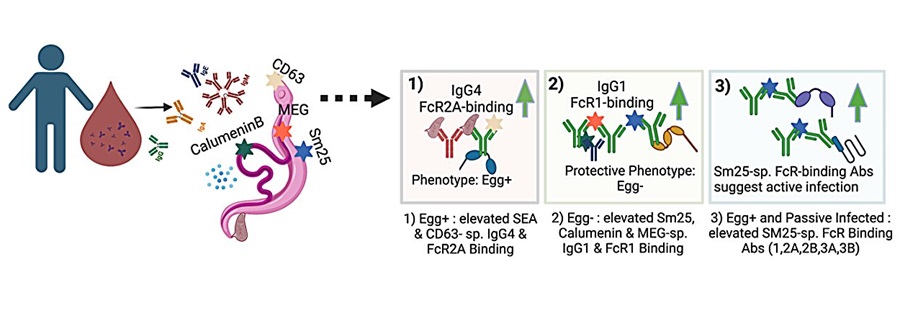AI-Based Method Shows Promise for Pathological Diagnosis of Hereditary Kidney Diseases
Posted on 01 Nov 2024

Alport syndrome is a hereditary kidney disorder characterized by kidney dysfunction, sensorineural hearing loss, and ocular abnormalities. Early in the disease, patients experience hematuria, which is followed by proteinuria and, eventually, end-stage renal failure that necessitates renal replacement therapies such as dialysis or kidney transplantation. The exact prevalence of Alport syndrome remains uncertain; however, the X-linked form, caused by a mutation in a gene located on the X chromosome, is the most prevalent type. Males, who possess a single X chromosome (XY), tend to experience more severe symptoms compared to females, who have two X chromosomes (XX). Although female patients with X-linked Alport syndrome are often thought to have a milder variant of the disease, studies conducted in the United States and Japan indicate that about 15% of these women may reach end-stage renal failure by age 40. Diagnosing Alport syndrome typically involves genetic testing and a pathological examination of kidney tissue. However, accurately predicting renal outcomes in female patients presents challenges, underscoring the need for indicators that can evaluate the effectiveness of renal protective treatments, such as antihypertensive medications, which have shown potential to improve patient prognosis.
A research team at the University of Tsukuba (Tsukuba, Japan) has developed an innovative imaging technique to visualize lesions in the glomerular basement membrane using a mouse model of Alport syndrome. By applying deep learning methodologies to pathological image data, the researchers achieved automated detection of lesions through artificial intelligence (AI). The study utilized a mouse model that simulates Alport syndrome to compare the kidney lesions between male and female subjects, aiming to provide insights into the specifics of these lesions in females. They created a modified periodic acid methenamine silver stain to observe basement membrane lesions in areas where type IV collagen α5 is intact as well as in regions where it is absent, which are distinctive in female patients.
Additionally, the AI system was able to automatically identify these lesions using deep learning techniques, as detailed in research published in the American Journal of Pathology. The quantitative measurements of kidney lesions in female mice, as assessed by the imaging AI software, showed a positive correlation with proteinuria levels, suggesting that this approach may assist in predicting kidney function outcomes in women with Alport syndrome.













